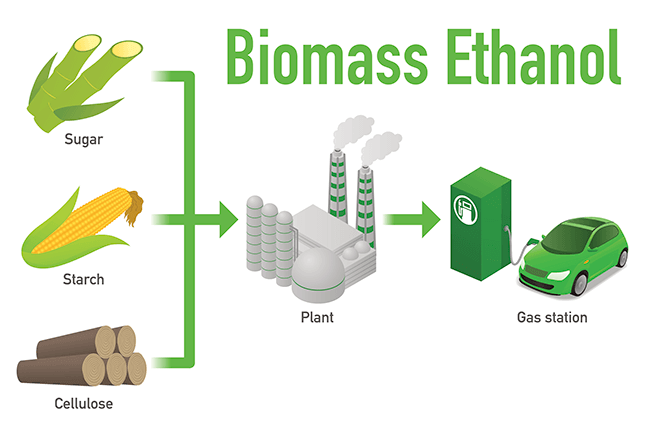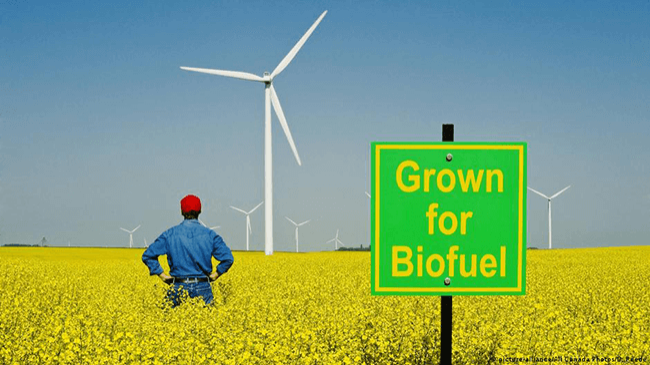Electric vehicles may not be the ‘net zero’ solution
| 16-12-2021 | By Igor Spinella
It is estimated that transportation accounts for one-sixth of the world’s CO2 emissions, making it a focus for a reduction in pursuit of the ‘net zero’ goal. Governments have legislated, automakers have made commitments, and it would seem a world of electrically powered vehicles is just a few years away.
However, any vehicle is only as eco-friendly as its supply chain. Indeed, from a supply chain perspective, if the electricity used is not from a renewable source, then an electric vehicle (EV) can actually be responsible for more CO2 than a hybrid vehicle. That’s a good reason to think carefully before rushing headlong into EV adoption.
It’s about achieving net-zero not producing electric vehicles
With billions of dollars and many years of work invested, there is considerable inertia surrounding electric propulsion as the solution for significantly reducing vehicle-based carbon emissions. However, to achieve the best solution, we must step back and consider reaching the ultimate goal – net zero – through the best combination of fuel choices and vehicle technology.
For example, biofuel is an area of interest as blending this with regular petrol is an effective route to reducing the CO2 from an internal combustion engine (ICE). Indeed, there are several reasons why a biofuel-powered hybrid vehicle may be a huge step forward on the journey to net-zero.

One of the beauties of the hybrid solution is that it can adapt to suit its situation. A good example would be using electricity in a city where pollution is more of an issue and where a source of renewable energy is typically available (e.g., to charge the plug-in hybrid during the night) and then switching to gasoline on the highway to increase range and performance.
Liquid fuel holds more energy per unit volume than even the best battery in terms of fuel. It can be replenished in a couple of minutes by refilling the tank, easily beating the speed of even the most powerful supercharger. Modern combustion engines also run well with any biofuel (ethanol, biodiesel, or biogas), so little investment or resource is required to get early benefits, especially because some modern combustion engines can outperform electric motors in terms of efficiency.
Furthermore, ICE (internal combustion engine) technology has not reached its true potential. There are many new ways to increase efficiency and deliver ultra-clean, cost-effective ICE-based solutions companies such as Achates Power have demonstrated with its opposed-piston engine technology.

That’s not to say that biofuels are perfect, and large land areas are needed to produce these fuels, which could be a limiting factor in the future. There are promising advances in increasing biofuel volume produced per square meter, ranging from current hydroponics technologies to more cutting-edge strategies such as genetically engineered algae rich in lipids that may be cultivated on the ocean instead of the land. And yes, these solutions require ingenuity, investment and resource – but certainly no more than that needed to deliver a global transportation future built around electric vehicles.
Away from biofuels, hydrogen is another possibility, but as a recent article by Paul Whytock in Electropages pointed out, how the hydrogen is generated is crucial to its contribution to sustainability. Furthermore, the compression and handling of this gas is very complicated, leading to low volumetric efficiency.
Renewable energy is the critical success factor for net-zero
While the technology for EVs is racing ahead, the mission to convert all electricity generation to renewable sources is lagging behind. And without addressing this problem, there is little benefit to deploying EVs. The unfortunate truth is that if we were to change the world to EVs overnight, we would actually increase CO2 emissions as renewable resources would be unable to meet the increased demand for electricity.
Of course, falling costs and legislation will drive us to a solution for increasing the amount of electricity derived from renewable sources. However, as renewables are based upon natural sources that fluctuate (solar, wind), then mass energy storage to smooth peaks and troughs will also need to be a crucial part of any solution.
However, even if we solve the renewable electricity issue, we still need to convince car buyers to buy electric vehicles. Currently, refuelling in-journey is much faster with liquid-propelled (biofuel, gasoline) vehicles than with EVs – by a considerable margin. This makes the combination of hybrid vehicles and greater use of biofuels a desirable proposition – at the very least while bridging the gap to a time when there are better solutions for EV charging.
Will electric grids cope?
The timing of vehicle charging also presents challenges. During the week, when EVs will mainly be used for commuting, they will be recharged at home during the evenings, creating a demand spike that no existing electric grid could support. Solving this issue is not trivial and will require extensive investment in infrastructure and intelligent load-balancing algorithms.
While there are many battery chemistries available, most rely on lithium and herein lies another issue. The mining of lithium is not generally eco-friendly, and there are concerns over the conditions for miners. Also, given where lithium deposits are located in the world, the stability and reliability of the supply chain is a genuine concern.
Design and usage determine range
Then we have the well-documented issue of ‘range anxiety. The small number of EV recharging points compared to petrol stations demands EV owners to pay close attention to journey planning – and accept long stops to replenish the battery. And while range can be improved with larger batteries, this adds weight which the vehicle has to carry, so the trade-off between battery size and range becomes complex. In fact, many EVs are indeed heavier than their ICE counterparts solely due to the battery.
Driving style is also an important consideration to factor into the range equation. In much the same way as driving an ICE vehicle, ‘hard’ uses more fuel, so driving an EV, in the same manner, will further reduce range, making driver education another part of the challenge. That is without considering any extra demands on the battery when turning on the heater in winter or operating the climate control.
Driving an EV and hybrid vehicle is quite different from an ICE vehicle. While braking in an ICE vehicle generates heat in the brakes and wastes fuel, in EVs and hybrid vehicles, some energy is recovered and returned to the battery – a practical benefit in stop-start city driving. However, on the highway, where there is relatively little braking, higher speeds demand significant energy to overcome rolling and aerodynamic losses that increase with speed.
Here, carmakers will have to redouble their efforts to design sleek vehicles to get the most from the charge in the battery (and, of course, aerodynamic improvements can benefit the efficiency of every vehicle, not only EVs and hybrids).
One approach to extending range without aerodynamic changes is to use a ‘range extender. Here, a small ICE is incorporated solely to produce electricity to replenish the battery – it is never used for propulsion. As energy is converted multiple times in this chain (fuel > engine, rotation > generator > battery > electric motor), it is highly inefficient and really no more than a ‘sticking plaster’ approach to the challenge of extending range. And while it may be a useful backup to get a stranded EV moving to the next charging point, a true hybrid vehicle would likely be a better choice if the user needs a range extender too frequently.
In conclusion...
While EVs are seen by almost everyone (carmakers, governments and car buyers) as the solution to net-zero, several underlying challenges must be solved to make this true.
First, the pollution produced by electric vehicles is limited only by the electricity they consume, therefore increasing renewable energy production is a prerequisite for success. The term “range” refers to a wide range of issues that must also be addressed for EVs to be viable forms of everyday transportation. The prerequisites for addressing range limitations extend across various areas, including more efficient electric drivetrains, better-charging infrastructures, improved battery technology, reduced vehicle weight, aerodynamic design, ambient temperatures and driving style (to name just a few).
What’s more, focussing solely on ‘the future is electric’ may be forcing us to solve problems that don’t actually exist. Suppose we step back and consider the goal that ‘transport must achieve net-zero’. In that case, we can evaluate the benefits of other technologies, such as reduced emissions from ICE and other energy sources, including hydrogen and biofuels.
Finally, because biofuels can be distributed and replenished in the same way as petrol, their use would address many of the significant challenges outlined above – albeit in a different way to the ‘it has to be EV’ path that we are currently taking.

